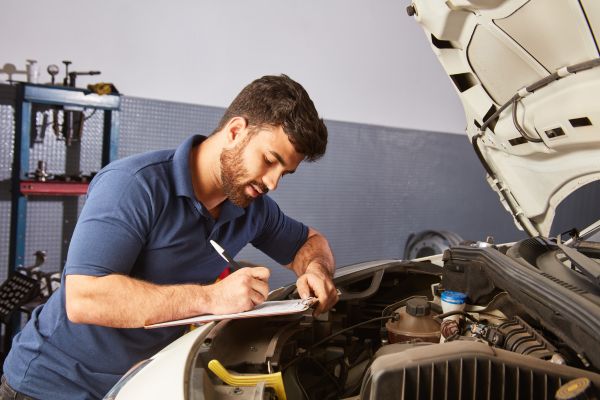The brake system is an essential part of every car. Even the slightest performance drop can cause accidents and financial loss. Regular checkups and optimization of its use can help keep the brakes in top condition.
1. 180 degree view
It is important that car drivers have a 180-degree view, not just the front. A 180-degree view allows for better understanding of pedestrian and vehicular movements (rear view mirror). This will reduce the need to brake. Good driving is when the brakes are used at their best. This can reduce wear on brake pads. This improves the life and fuel efficiency of your tyres. If you see ahead of time that a red light is coming, it’s possible to slow down or apply brakes, rather than driving fast. To avoid unnecessary barking, keep your vehicle at a safe distance from the vehicles in front.
2. Avoid Overloading
Overloading your car makes it more difficult for the brakes work properly. This causes more wear and tear. It is important to keep the recommended luggage weights in your vehicle’s boot and not allow passengers other than those recommended by the manufacturer.
3. Brake Fluid
Regularly flush or replace brake fluid. Brake fluids play an essential role in the brake system. They transfer pressure from the mastercylinder through the brake lines, to be transferred to the brake pads and the rotors. Brake fluids can attract moisture, which can cause damage to the brake system. The moisture can cause corrosion of the brake system. This reduces the fluid’s boiling point. Every 25000 miles, brake fluids need to be checked. It is time to change it if it looks cloudy.
4. Brake pads and rotors
Performance of brake pads and rotors decreases faster than other components. They are the contact point between the vehicle’s brake system and the tyres. Friction between brake pads and tyres generates heat. This friction causes wear to brake pads. It is possible to not stop your vehicle by pressing the brake pedal further. This could be a sign of worn brake pads. If your brake system is worn, have it checked at each service.
5. Bleeding the Brake lines
Excessive air must be removed from the brake line. The brakes’ efficiency is affected if there is too much air in the line. As they adjust the bleeder valve, car mechanics release air by pressing the brake pedal. This should be done at least once every two to three years. This work can be performed during brake inspection service.
Traffic rules are one way to extend brake life. To prevent accidents, there are speed limits and speed bumps. Respecting traffic rules will help reduce brake wear and minimize brake use.
It is a good idea to have your brake pads and fluid checked during periodic service. This will help ensure they are in good shape. It is important to replace or upgrade braking components as soon as possible. This will prevent costly repairs and accidents later. Routine inspections can help determine the condition of brake pads, disc and drum damage, vacuum tube inspection, brake fluid checks, and other issues. It can be very costly to neglect brake maintenance.


